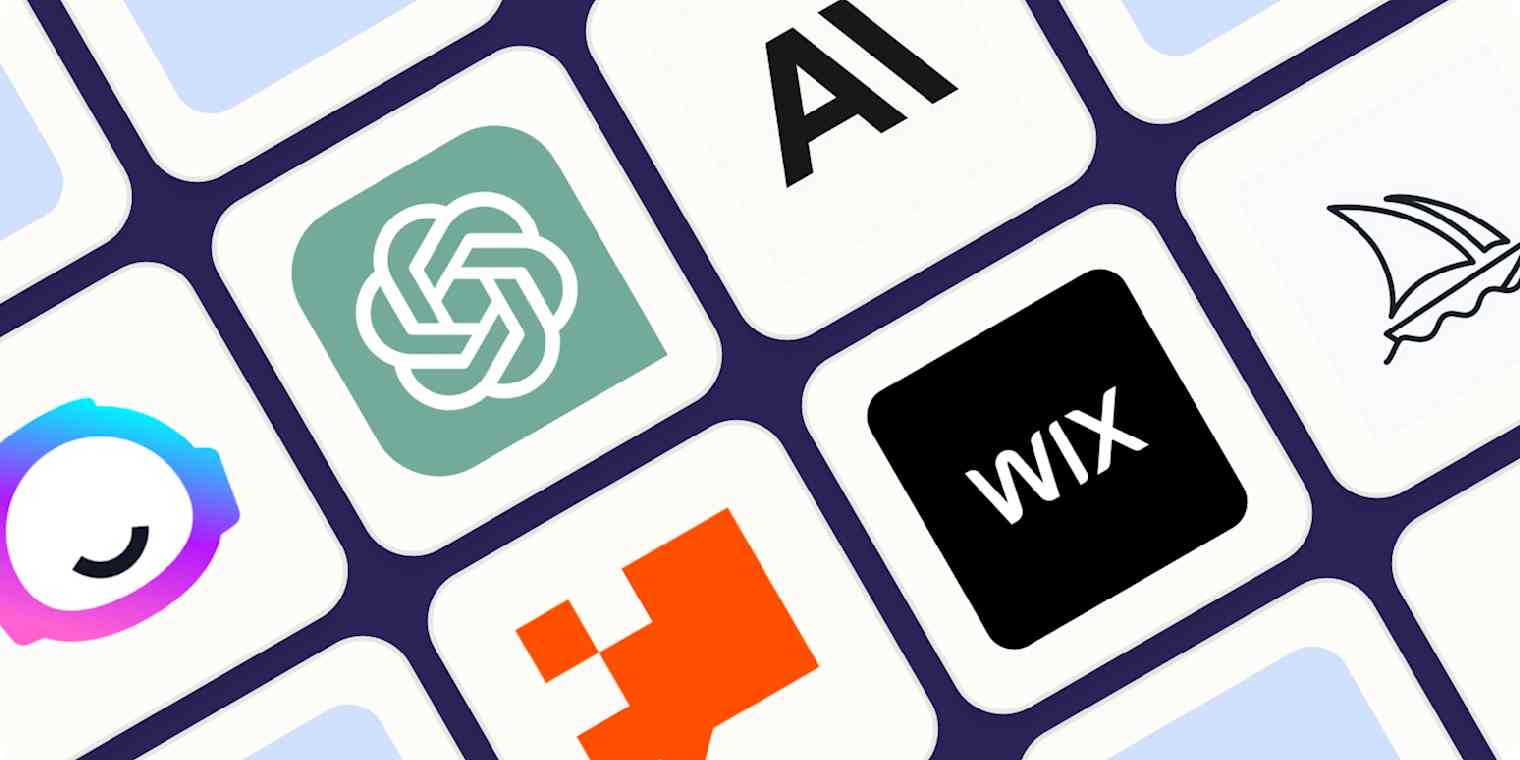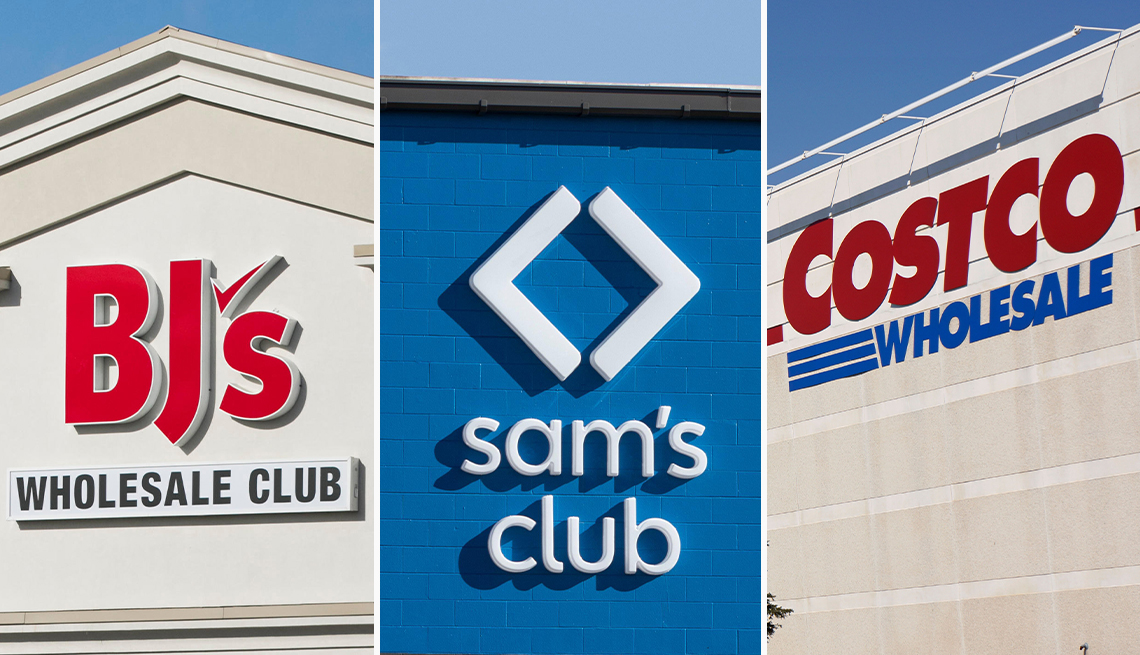Why Off-the-Shelf AI Tools Fail for Pharma and CPG

Summary:
Off-the-shelf AI tools may promise quick fixes for small and medium-sized businesses in Pharma and CPG, but they often fall short when faced with the complexity of regulated workflows, specialized data, and compliance requirements. From fragmented integrations to limited customization and poor handling of industry-specific data, these generic solutions can hinder growth instead of enabling it. Custom AI, however, is built to align with unique workflows, regulatory standards, and evolving business goals—driving faster insights, stronger compliance, and real competitive advantage for SMEs navigating today’s demanding markets.
Why Off-the-Shelf AI Tools Fail for Pharma and CPG
For many small and medium-sized businesses in the pharmaceutical and consumer packaged goods (CPG) sectors, the promise of off-the-shelf AI tools can seem appealing. They offer fast implementation, pre-built dashboards, and the illusion of quick results. But what many companies discover, often too late, is that these tools rarely deliver sustainable value in complex, regulated, or fast-moving industries.
The reality is that Pharma and CPG present unique challenges that generic AI platforms are not built to handle. What works in a generic business intelligence tool may break down when applied to clinical trials, manufacturing compliance, or dynamic consumer markets.
If you are an SME leader in these industries, understanding why off-the-shelf AI often fails is the first step toward building a smarter, more effective approach.
One-Size-Fits-All Does Not Fit Regulated or Specialized Workflows
Most off-the-shelf AI tools are designed to serve broad markets. They are optimized for retail analytics, web behavior tracking, or simple sales forecasting. But regulated industries like Pharma, and operationally complex sectors like CPG, require workflows that are anything but generic.
Pharma firms deal with highly sensitive patient data, regulatory audits, and long R&D cycles. CPG businesses must react in real time to shifting demand, fragmented supply chains, and seasonal trends. A tool built for generic eCommerce will not account for these complexities.
SMEs in these industries often find themselves adjusting their business to fit the tool, instead of using a tool designed to fit their business.
Off-the-Shelf Tools Struggle with Industry-Specific Data
Pharma and CPG companies generate and consume highly specialized data. In Pharma, that includes clinical trial records, lab results, adverse event reports, and molecular profiles. In CPG, it’s POS data, channel-specific sales performance, logistics data, and consumer sentiment from social platforms.
Generic tools are often limited to structured, transactional datasets. They are not equipped to process unstructured text like clinical notes, lab reports, or social media in context. Nor are they designed to handle multimodal data fusion, combining different types of data for a more holistic analysis.
If the AI cannot work with your data as it exists, it cannot generate the insights you need.
Integration Gaps Lead to Fragmentation
Off-the-shelf AI tools typically operate in silos. They may not integrate well with your existing systems, whether it’s a legacy ERP, a homegrown inventory tool, or a compliance management platform.
This leads to disjointed workflows where teams copy and paste data between systems or use manual exports to generate reports. The result is friction, slow decision-making, and missed opportunities.
Custom AI solutions, by contrast, are designed to fit into your existing architecture. They work where you work, minimizing disruption and maximizing value.
Limited Customization Means Limited ROI
Pre-built tools come with fixed models and dashboards. While this may cover the basics, it limits your ability to adapt the AI to your unique business logic or decision criteria.
An off-the-shelf demand forecasting tool might tell you how many units to produce based on last year’s sales. But it won’t understand how your marketing spend, weather trends, or a recent product recall affects demand differently across regions.
For SMEs competing in volatile or highly specific markets, customization is not a luxury, it’s a requirement for relevance.
Compliance and Governance Often Take a Backseat
In Pharma especially, any AI system must adhere to strict compliance standards. Data handling, audit trails, explainability, and validation processes are non-negotiable.
Generic tools may lack the documentation or traceability required for regulatory scrutiny. That puts your business at risk, especially when using AI to support drug development, patient engagement, or clinical decision-making.
Custom AI systems can be designed from the ground up to meet industry regulations, whether those are FDA, EMA, or other local authorities.
The Business Case for Custom AI
For SMEs in Pharma and CPG, the goal is not to have the flashiest dashboards or the most complex models. It’s to solve real business problems, faster time to market, fewer supply chain disruptions, smarter targeting, better patient outcomes.
Custom AI solutions deliver this by:
- Using your real data, not just generic templates
- Aligning with your specific goals and workflows
- Adapting as your business evolves
- Integrating seamlessly with your existing tech stack
- Meeting compliance and regulatory needs from day one
Getting Started the Right Way
If you’ve already tried an off-the-shelf AI tool and it underperformed, you are not alone. Many SMEs make this first step and realize they need a better fit. The good news is that building a custom AI solution is more accessible than ever.
Start with one or two high-value use cases, such as demand forecasting, trial optimization, or product launch analytics, and partner with a provider who understands your industry and business model. From there, you can scale as needed.
AI is not a shortcut. It is a capability. And like any capability, it works best when built around the way your business actually operates.
📩 Contact RILA GLOBAL CONSULTING today to learn more.
Read More

Q4 Consumer Signals: What Costco, BJ’s, and Sam’s Club Tell Us About Holiday Spending
The article delves into Q4 consumer signals gleaned from Costco, BJ's, and Sam's Club, highlighting how these wholesale retailers provide a crucial barometer for holiday spending and evolving shopper expectations. While value and bulk purchasing remain paramount, consumers are exhibiting diminishing patience for operational frustrations, demanding seamless experiences alongside significant savings. Costco navigates a reputation for premium value amidst growing complaints of overcrowding, BJ's champions aggressive deals despite service inconsistencies, and Sam's Club leverages digital convenience that is often undermined by fulfillment issues and unexpected viral moments. Collectively, these insights paint a picture of a holiday season where consumers are highly deal-sensitive but increasingly expect retailers to mitigate the inherent stresses of holiday shopping, offering early indicators of shifting loyalty and household budget priorities.
December 7, 2025
READ MORE

Thanksgiving 2025 Social Media Trends: What 2 Million Consumer Conversations Reveal
Thanksgiving 2025 conversations on social media revealed key consumer sentiments and trends, with over 2 million posts highlighting holiday planning, food prices, and family dynamics. Millennials, in particular, are shaping purchasing decisions. While overall sentiment was positive, concerns about specific item price spikes and distrust in AI-generated recipes emerged. Retailers can leverage insights on value, convenience, and transparency to better connect with consumers.
November 27, 2025
READ MORE

Black Friday 2025: What Consumers Really Said On Social Media About Holiday Spending
Black Friday 2025 saw over a million social media mentions in the US, revealing a complex consumer sentiment. While shoppers eagerly sought genuine value in deals, particularly for streaming services, electronics, and gaming, they also expressed growing fatigue and distrust due to perceived fake discounts, high-pressure tactics, and financial strain. The emergence of AI tools like ChatGPT and Gemini in the research and comparison process signifies a major shift in consumer behavior, demanding greater transparency and meaningful value from brands to gain trust in future holiday sales events.
November 27, 2025
READ MORE

How Americans Used AI for Thanksgiving 2025: What Millions of Conversations Reveal
As Americans navigated Thanksgiving 2025, artificial intelligence emerged as a helpful, yet cautiously adopted, assistant in the kitchen. While millions of social conversations reveal a willingness to use AI for tasks like generating grocery lists, finding substitutions, and understanding food safety, a significant skepticism remains regarding AI's ability to handle the critical elements of holiday meal preparation. The rise of 'AI slop' highlights concerns about low-quality or nonsensical AI-generated recipes, leading consumers to rely on trusted human sources for the main dishes. Ultimately, AI is seen as a valuable tool for planning and convenience, but not as a replacement for human expertise in crafting the centerpiece of the Thanksgiving table.
November 27, 2025
READ MORE

Best Buy Social Media Analysis Ahead of Earnings: What 500K Online Conversations Reveal
Ahead of its Q3 2025 earnings announcement, over 500,000 social media conversations paint a consistent picture of Best Buy: consumers appreciate its deals, product selection, and the promise of reliable tech support. However, significant frustrations persist regarding delivery issues, complex warranties, and poor customer service follow-through. Despite these operational challenges, Best Buy's brand appears stable and predictable, lacking major scandals or controversies, which suggests a low-drama earnings call and reinforces its image as a reliable, though not always seamless, retail brand.
November 25, 2025
READ MORE

Inside the Crumbling US Job Market: 18M Social Media Mentions on Work, Pay, and Layoffs
Conversations surrounding the US job market have surged, with 18 million social media mentions revealing widespread anxiety about work, pay, and job security. Layoff announcements are at a 22-year high, mirroring levels not seen since the Great Recession, while continuing unemployment claims are nearing four-year peaks. This sentiment is amplified by the emotional texture of online discussions, where people express struggles to afford bills, the necessity of second jobs, and burnout. Concerns about AI's potential to eliminate white-collar roles, coupled with frustrations over applicant tracking systems and 'ghost jobs,' further contribute to a deeply negative outlook, overshadowing positive stories of job acquisition and meaningful work.
November 21, 2025
READ MORE

The End of the U.S. Penny: What Social Listening Reveals About Value, Nostalgia, and America’s Evolving Relationship With Currency
The end of U.S. penny production sparked an online conversation far richer than a simple economic update — revealing a moment where money, memory, and national identity collided. Social listening shows Americans framing the discontinued coin as a cultural artifact, a childhood symbol, and a mirror for anxieties about inflation, political leadership, and a cashless future. Nostalgia blended with skepticism as collectors, financial commentators, and everyday users debated what the penny’s disappearance says about shifting priorities in a modernizing economy. In witnessing the final minting of a coin with 232 years of history, the public wasn’t just reacting to monetary policy — they were negotiating the meaning of value itself.
November 19, 2025
READ MORE

What U.S. Consumers Are Really Buying Right Now: Viral Trends, High-Tech Tools, and the New Psychology of Shopping
U.S. consumers are reshaping the retail landscape in real time, blending emotional impulse with unexpected investment as they navigate economic pressure and digital influence. Social conversations show that Americans are simultaneously splurging on high-performance niche tools, making impulsive TikTok-driven micro-purchases, and buying controversial or loosely regulated products that reveal widening trust gaps in the marketplace. Even as budgets tighten, spending on beauty, wellness, and status-defining items remains resilient, signaling that identity, comfort, and social proof matter more than ever. The result is a consumer environment where viral influence outweighs traditional marketing, transparency becomes a competitive advantage, and brands must track fast-moving cultural signals to stay relevant.
November 19, 2025
READ MORE

Target in Q3 2025: What 6 Million Social Media Posts Reveal About the Brand
Target’s Q3 2025 social footprint reveals a brand caught between strong product demand and increasingly strained execution. Shoppers still love Target’s private labels, seasonal magic and exclusive collaborations, but their enthusiasm is undercut by widespread frustration with understaffed stores, long checkout lines, messy environments, unreliable digital inventory, app glitches and inconsistent delivery through Shipt and Circle 360. Social and political debates as well as safety concerns add volatility to Target’s perception, even as private-label performance and holiday readiness remain clear strengths. The data shows a widening gap between Target’s brand promise and the real shopper experience - one that represents both a risk to loyalty and an opportunity for operational reinvention.
November 18, 2025
READ MORE